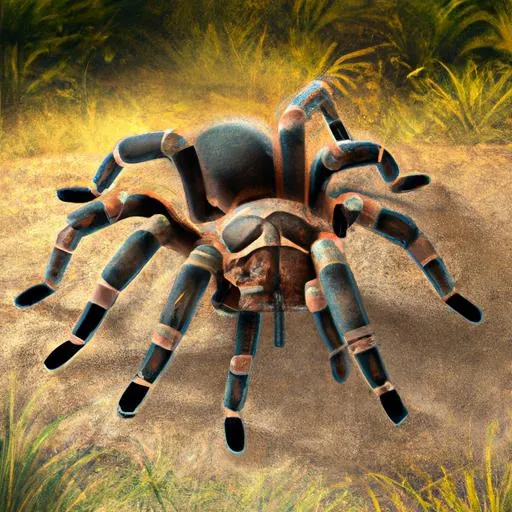What is a Spider Tarantula
Spider tarantulas are large, hairy spiders belonging to the Theraphosidae family. These fascinating creatures are found in various habitats worldwide, from deserts to rainforests. Known for their impressive size and often intimidating appearance, tarantulas are a popular subject of fascination and, sometimes, fear. Unlike many other spiders, tarantulas are relatively long-lived, with some females living for over 20 years in captivity. Their size, longevity, and unique characteristics make them a captivating subject for understanding the intricacies of the arachnid world and the fascinating ways in which they have adapted to thrive in diverse environments. These spiders are not typically aggressive but will defend themselves if threatened, using their fangs to bite or flicking urticating hairs as a defense mechanism.
Anatomy of a Spider Tarantula
Understanding the anatomy of a spider tarantula is crucial to appreciate how these creatures function. Like all spiders, tarantulas have a body divided into two main parts: the cephalothorax (fused head and thorax) and the abdomen. Each segment plays a vital role in the spider’s survival, from movement and feeding to reproduction and respiration. Their bodies are covered in a chitinous exoskeleton, which provides protection and support, and they molt this exoskeleton as they grow. This process, known as ecdysis, allows them to increase in size and replace any damaged body parts, enabling them to adapt to new challenges and conditions in their environment.
The Body Structure
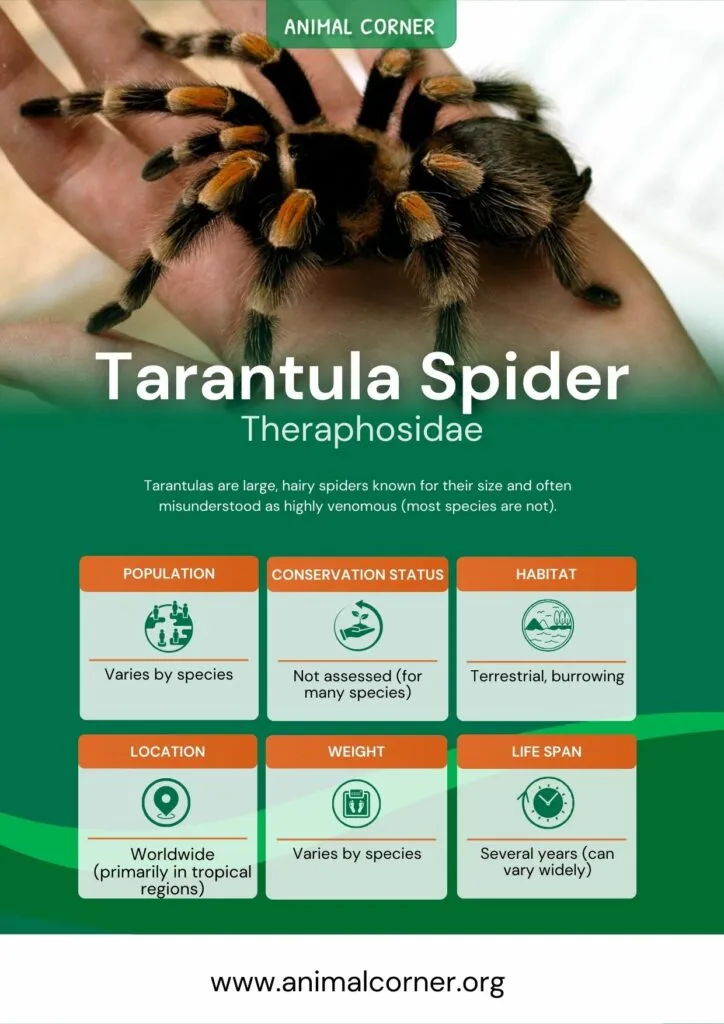
The overall body structure of a tarantula reflects its lifestyle and hunting habits. The cephalothorax is the spider’s control center, housing the brain, eyes, mouthparts, and the attachment points for the legs. The abdomen is soft and flexible, containing the digestive organs, reproductive organs, and the book lungs. The body shape can vary slightly depending on the species, but generally, tarantulas have a robust build. The size varies greatly, some species being smaller than a human’s palm while others can span over 10 inches, including leg span. The size and form facilitate the functions and behavior necessary for their survival in various habitats.
The Head (Cephalothorax)
The cephalothorax is the hard, protective front section of the tarantula’s body. It houses essential sensory organs and the primary appendages. The tarantula has eight eyes, which, although not providing sharp vision, are sufficient for detecting movement and light changes. The chelicerae, or fangs, are located near the mouth and are used to inject venom and break down prey. Pedipalps, small leg-like appendages near the mouth, are used for sensing the environment and handling food. The cephalothorax’s robust structure and sensory capabilities make it a critical component of the tarantula’s survival and ability to thrive in diverse environments.
The Abdomen
The abdomen is the softer, more flexible rear section of the tarantula’s body, responsible for crucial internal functions. Inside the abdomen, you’ll find the digestive system, which processes the tarantula’s food. The book lungs, used for respiration, are also located here. Additionally, the reproductive organs are situated in the abdomen, playing a key role in the tarantula’s ability to reproduce and maintain its population. The abdomen’s flexible structure allows the tarantula to move and function effectively, enabling it to hunt, reproduce, and survive in various environments.
How Spider Tarantulas Breathe
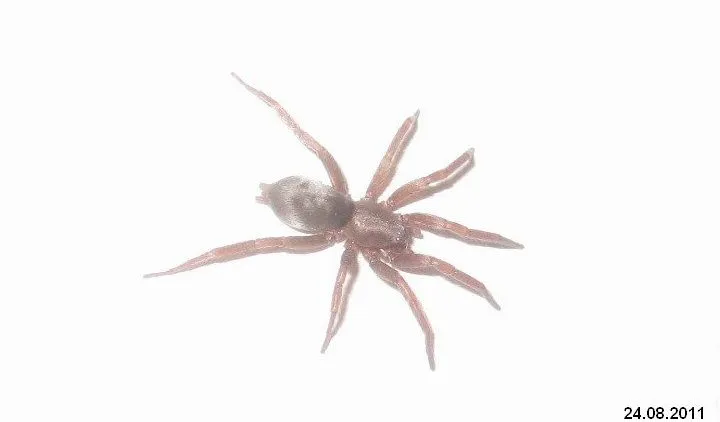
Respiration in spider tarantulas is a fascinating process, crucial for their survival. They breathe primarily through book lungs, which are specialized respiratory organs. These lungs facilitate the intake of oxygen and the release of carbon dioxide. The efficiency of their respiratory system supports their active lifestyle and helps them thrive in diverse environments, highlighting their resilience. Understanding how tarantulas breathe offers key insights into their adaptation to survive and thrive in their unique habitats, showcasing nature’s brilliance.
The Book Lungs
Book lungs are the primary respiratory organs of tarantulas, named for their resemblance to the pages of a book. These structures are located within the abdomen and consist of numerous thin, plate-like lamellae filled with hemolymph, similar to blood. Air enters through small openings called spiracles, and oxygen diffuses across the lamellae into the hemolymph, while carbon dioxide is released. This efficient design allows for gas exchange, providing the tarantula with the necessary oxygen to function, ensuring survival and success in their environment.
Tracheae and Spiracles
In addition to book lungs, some tarantula species also possess tracheae, a network of tubes that transport oxygen directly to the tissues. Spiracles are small openings on the abdomen through which air enters the tracheal system. This supplementary respiratory system is especially useful in environments with low oxygen levels, providing an additional mechanism for gas exchange. The presence of both book lungs and tracheae enhances the spider’s ability to survive in a variety of environments, highlighting their adaptive advantages.
How Spider Tarantulas Move
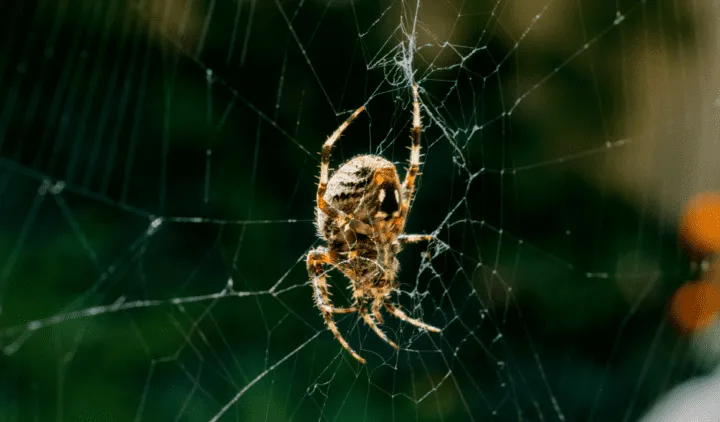
Tarantulas are skilled movers, using their eight legs to navigate their surroundings. Their locomotion involves a complex interplay of muscles and hydraulic pressure, allowing them to move quickly and efficiently. Their legs also play a crucial role in sensing their environment, as they are covered in sensory hairs that detect vibrations and changes in the surroundings. These adaptations are essential for their hunting and defense strategies, enabling them to thrive in diverse habitats and avoid predators.
Legs and Movement
Each tarantula leg is composed of multiple segments: the coxa, trochanter, femur, patella, tibia, metatarsus, and tarsus. The tarsus ends in claws that grip surfaces, allowing the tarantula to climb and move across varied terrain. The legs are covered in sensory hairs, which detect vibrations and changes in the environment. Tarantulas can move in various ways, from walking and running to climbing and even jumping. Their ability to move quickly and efficiently is crucial for hunting prey, escaping predators, and navigating their environment, showing their adeptness.
How Spider Tarantulas Eat
Tarantulas are primarily ambush predators, using their speed and venom to capture prey. Their feeding habits and digestive processes are remarkably efficient, adapted to their predatory lifestyle. They primarily consume insects, but their diet can include small vertebrates like mice, lizards, and birds. The tarantula’s powerful chelicerae and digestive enzymes help break down the prey, allowing them to extract nutrients. This combination of hunting techniques, anatomical adaptations, and physiological processes highlights their successful adaptation to their environments.
The Feeding Process
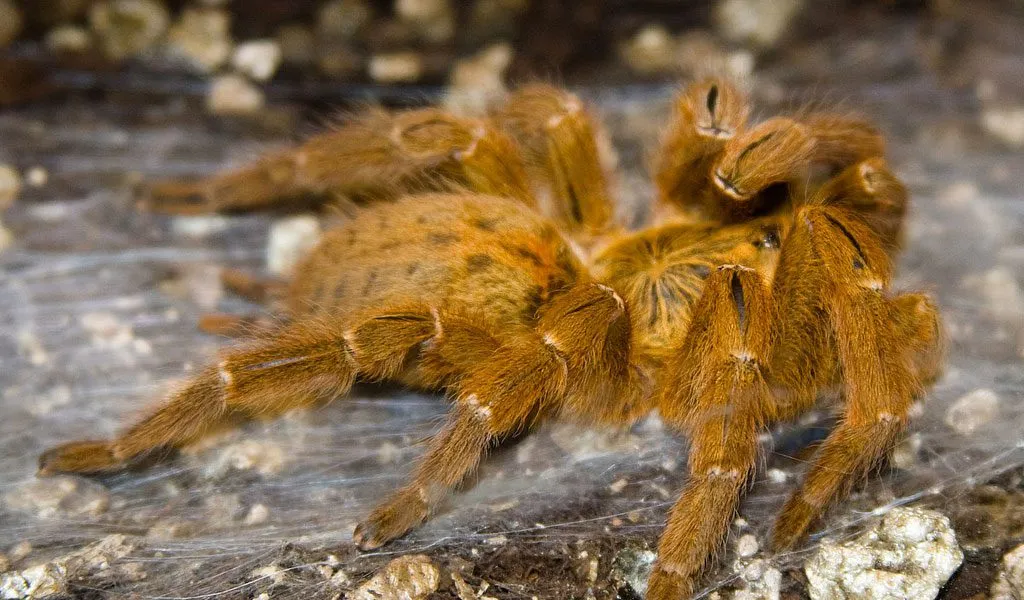
When a tarantula captures prey, it uses its chelicerae to inject venom, which paralyzes the prey. The tarantula then uses its chelicerae and pedipalps to crush and manipulate the prey. Digestive enzymes are secreted onto the prey, breaking it down into a liquid that the tarantula can suck up. This feeding process is an efficient way for the tarantula to obtain nutrients, enabling it to thrive and survive in diverse environments. The efficient design of their feeding process demonstrates their adaptive success.
Digestion
Once the prey is broken down, the tarantula sucks up the nutrient-rich liquid, leaving behind the exoskeleton of the prey. Digestion primarily occurs within the tarantula’s stomach, where enzymes further break down the nutrients. The waste products are then eliminated through the anus. This efficient digestive system allows tarantulas to extract maximum nutrients from their prey, supporting their growth, development, and overall survival. This highly developed digestive system allows the tarantula to sustain its life.
How Spider Tarantulas Reproduce
Reproduction in tarantulas is a fascinating process involving elaborate mating rituals, internal fertilization, and the care of their offspring. The complex life cycle, from mating behavior to the development of spiderlings, showcases the intricate strategies they use to ensure the survival of their species. This meticulous process highlights their adaptive success and ensures the continuation of their species, helping them populate various environments.
The Mating Ritual
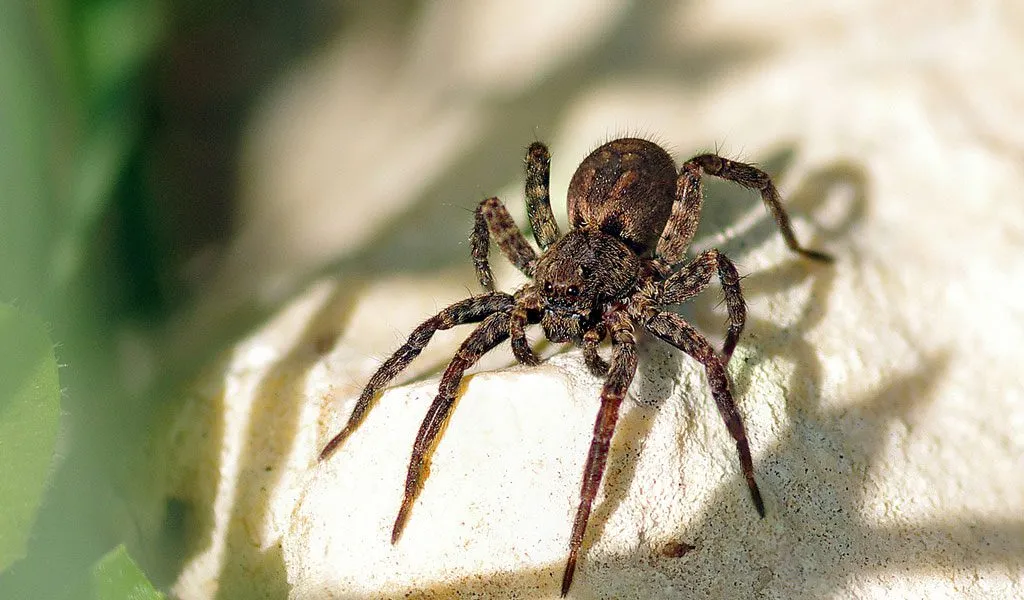
Mating in tarantulas is initiated by the male, who often signals his presence by drumming on the ground or producing silk. He approaches the female cautiously, as females may see males as potential prey. The male uses specialized structures on his pedipalps to transfer sperm to the female’s reproductive organs. Successful mating often involves elaborate displays and the careful approach from the male, showcasing a complex balance of behaviors and interactions.
Egg Laying and Development
After mating, the female lays her eggs in a silk sac, which she carefully guards. The number of eggs can vary depending on the species, ranging from a few dozen to several hundred. The spiderlings, which resemble miniature versions of the adults, develop inside the egg sac. The female provides care and protection for the egg sac. After the eggs hatch, the spiderlings undergo several molts before becoming independent, eventually dispersing to establish their own territories, perpetuating the life cycle, and demonstrating their resilience and adaptability.
Conclusion
In conclusion, understanding how spider tarantulas work provides a glimpse into the intricate world of these amazing creatures. From their unique anatomy and breathing methods to their hunting and reproductive behaviors, tarantulas have evolved remarkable adaptations that allow them to thrive in diverse environments. Studying their complex biology reveals the fascinating intricacies of arachnid life, highlighting their successful adaptations to survive and thrive. Their remarkable characteristics continue to fascinate scientists and enthusiasts alike, underscoring the wonders of the natural world.
